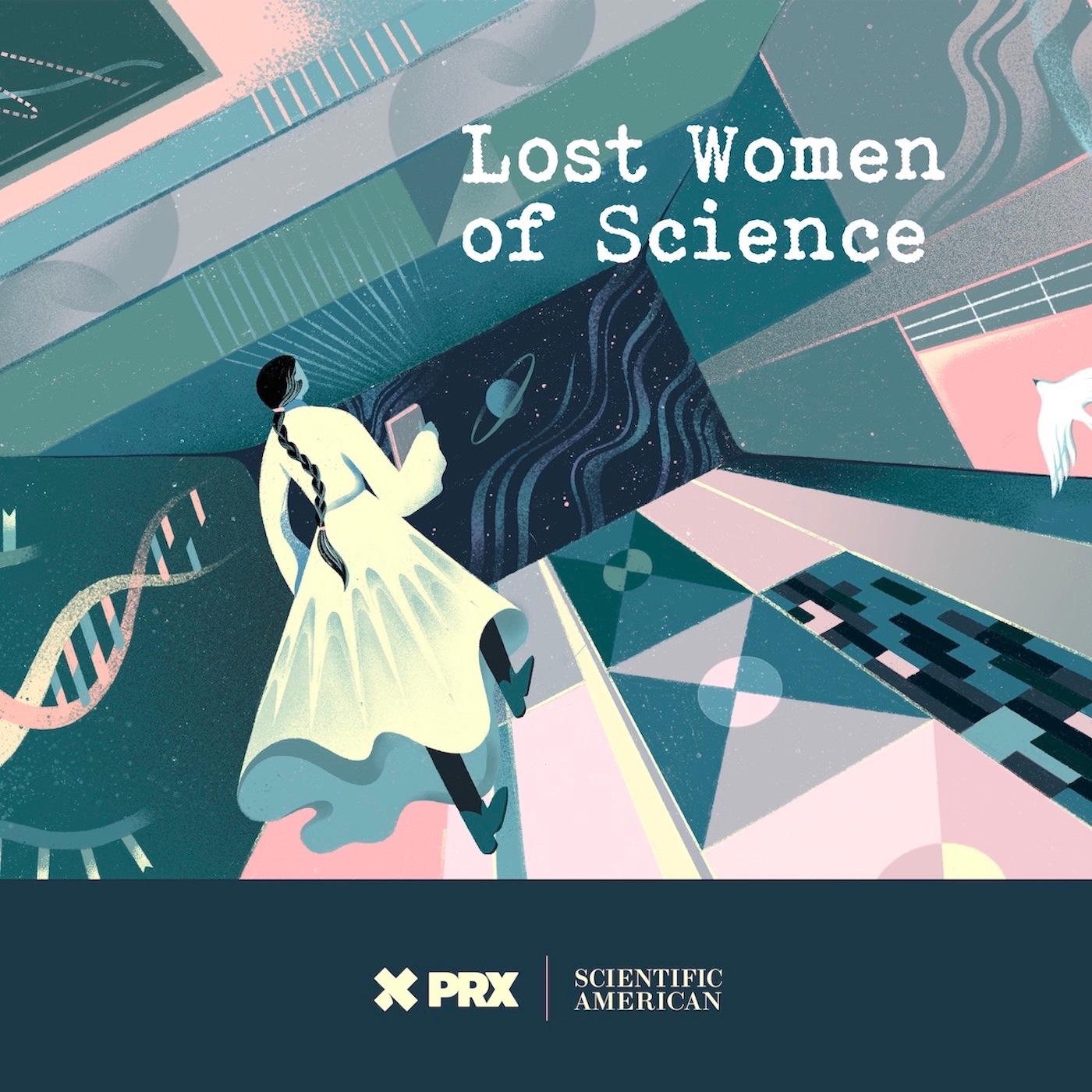
Lost Women of Science
Lost Women of ScienceFor every Marie Curie or Rosalind Franklin whose story has been told, hundreds of female scientists remain unknown to the public at large. In this series, we illuminate the lives and work of a diverse array of groundbreaking scientists who, because of time, place and gender, have gone largely unrecognized. Each season we focus on a different scientist, putting her narrative into context, explaining not just the science but also the social and historical conditions in which she lived and worked. We also bring these stories to the present, painting a full picture of how her work endures.
For every Marie Curie or Rosalind Franklin whose story has been told, hundreds of female scientists remain unknown to the public at large. In this series, we illuminate the lives and work of a diverse array of groundbreaking scientists who, because of time, place and gender, have gone largely unrecognized. Each season we focus on a different scientist, putting her narrative into context, explaining not just the science but also the social and historical conditions in which she lived and worked. We also bring these stories to the present, painting a full picture of how her work endures.

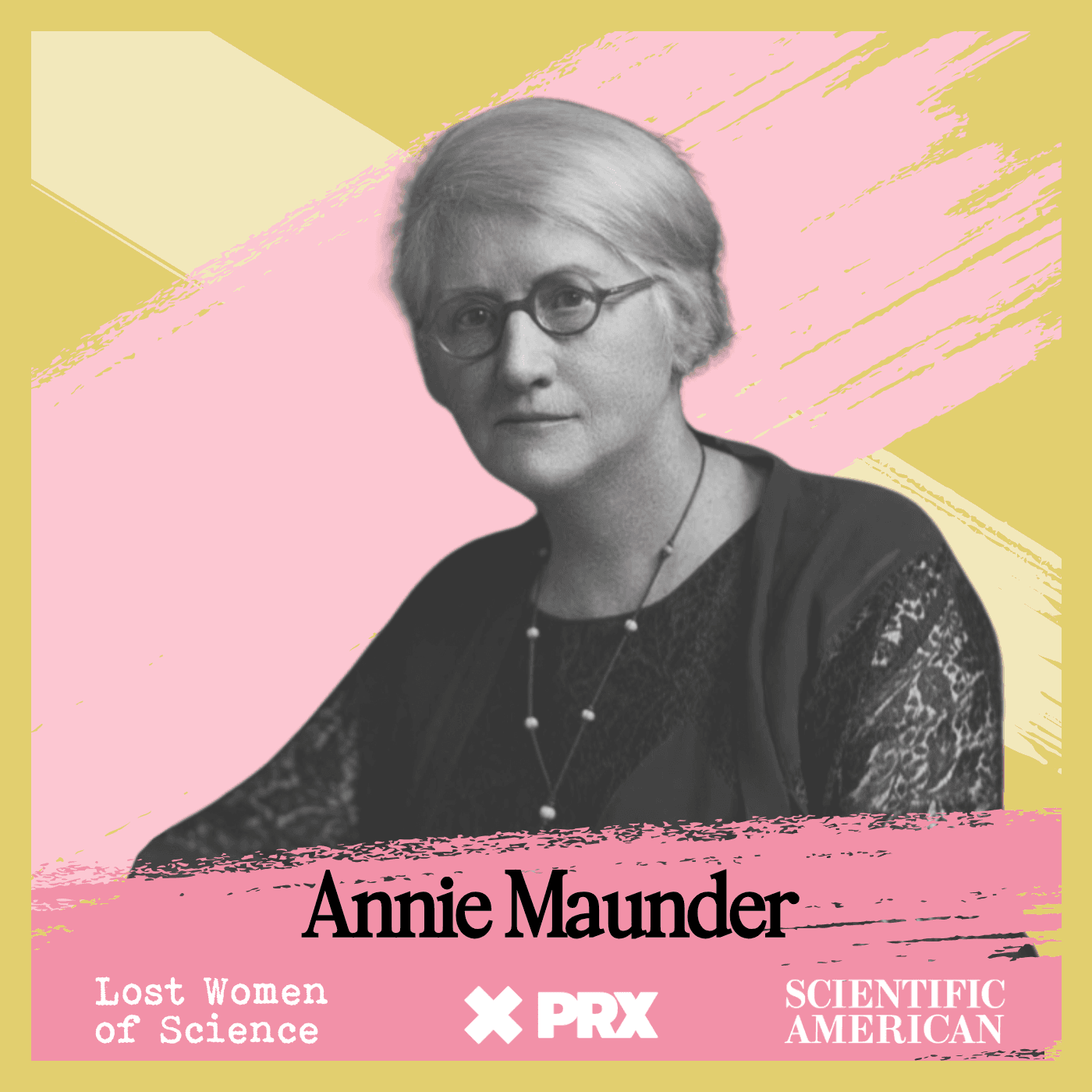









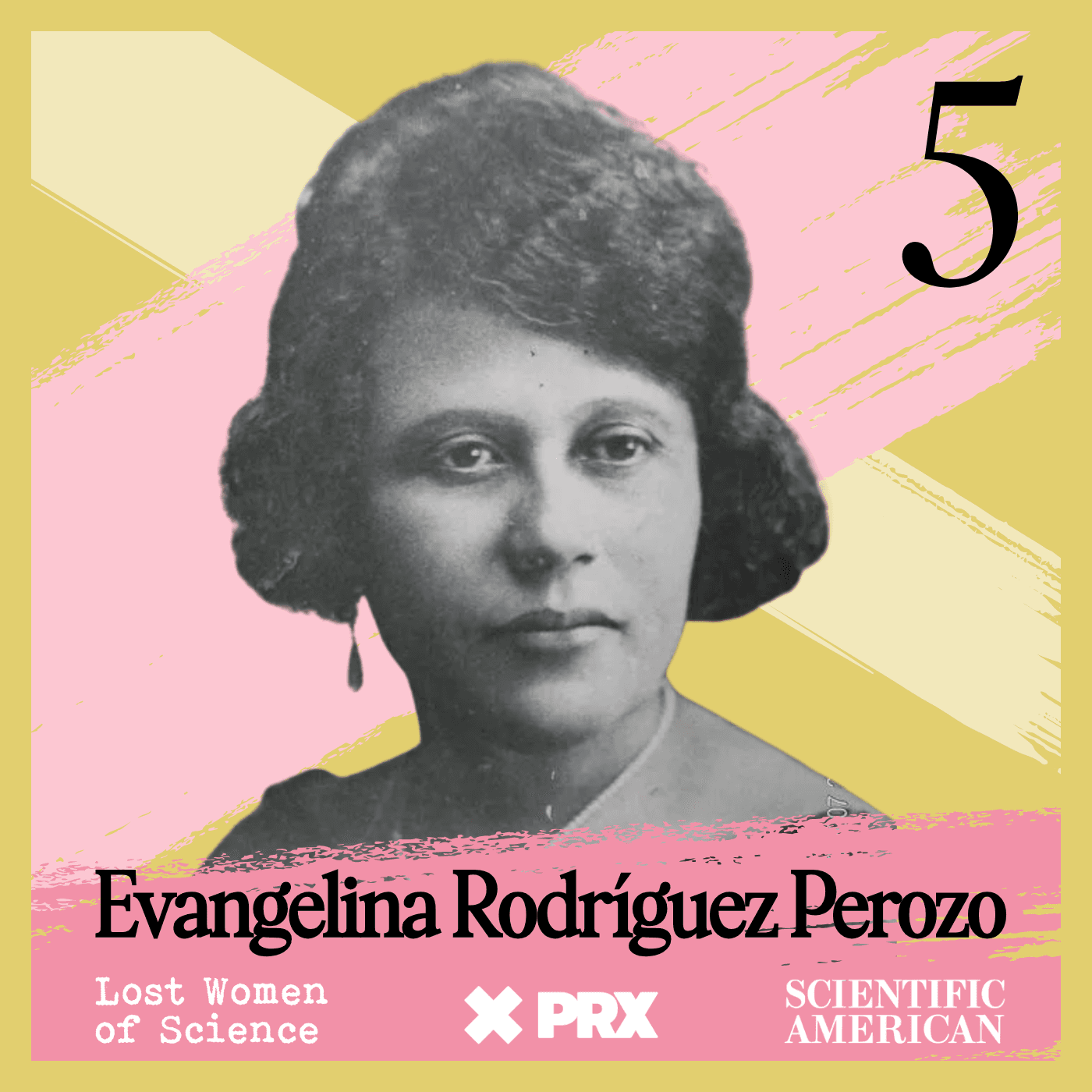













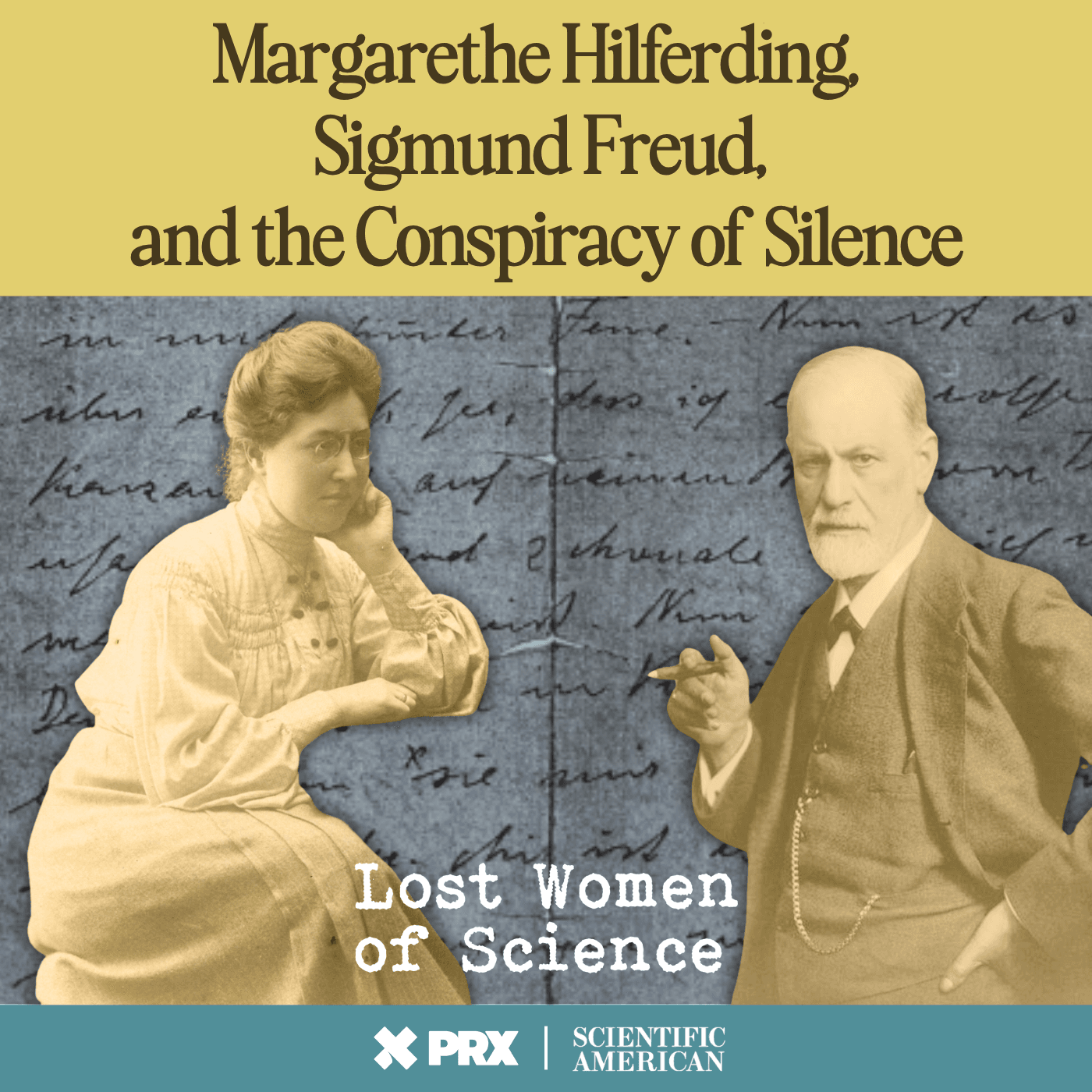





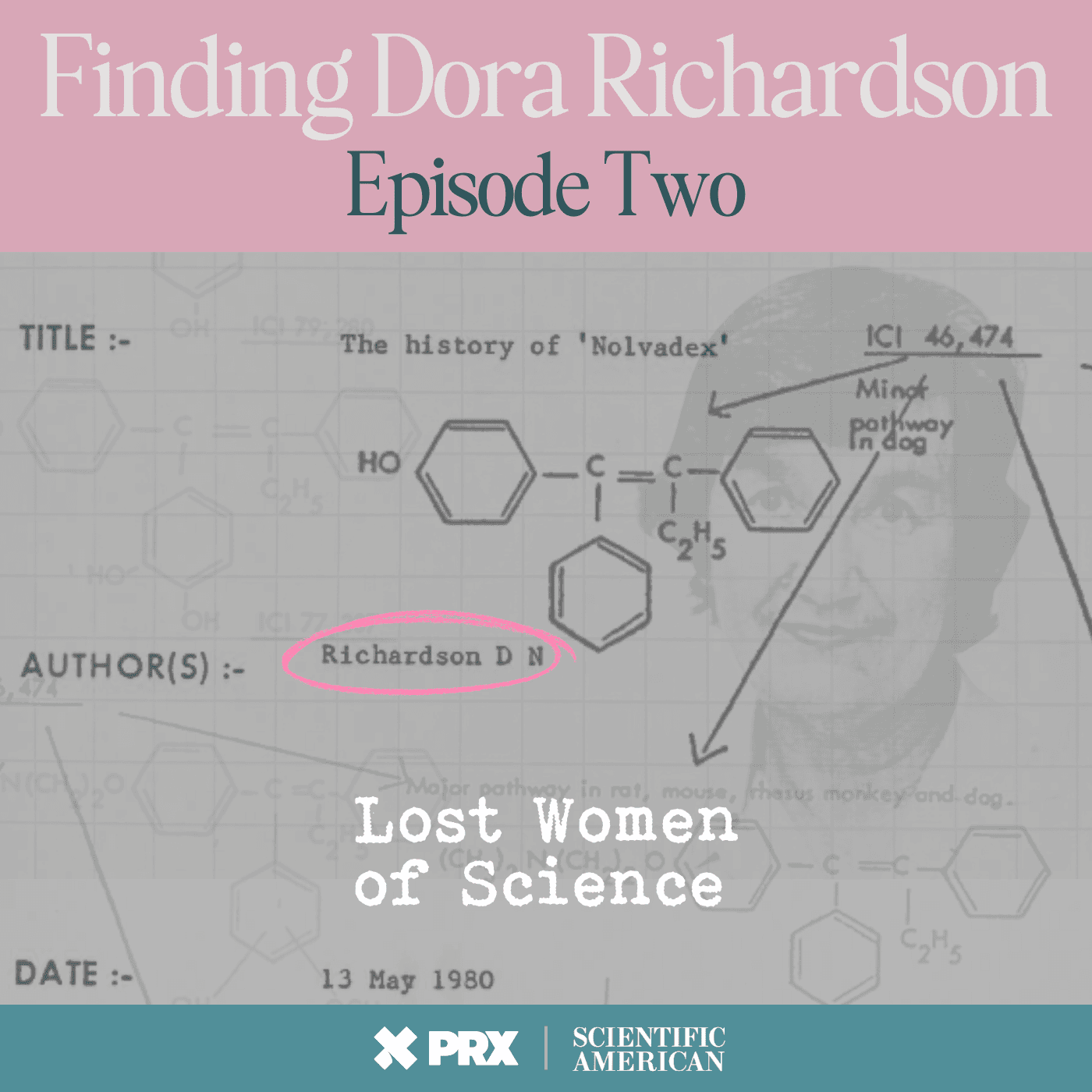
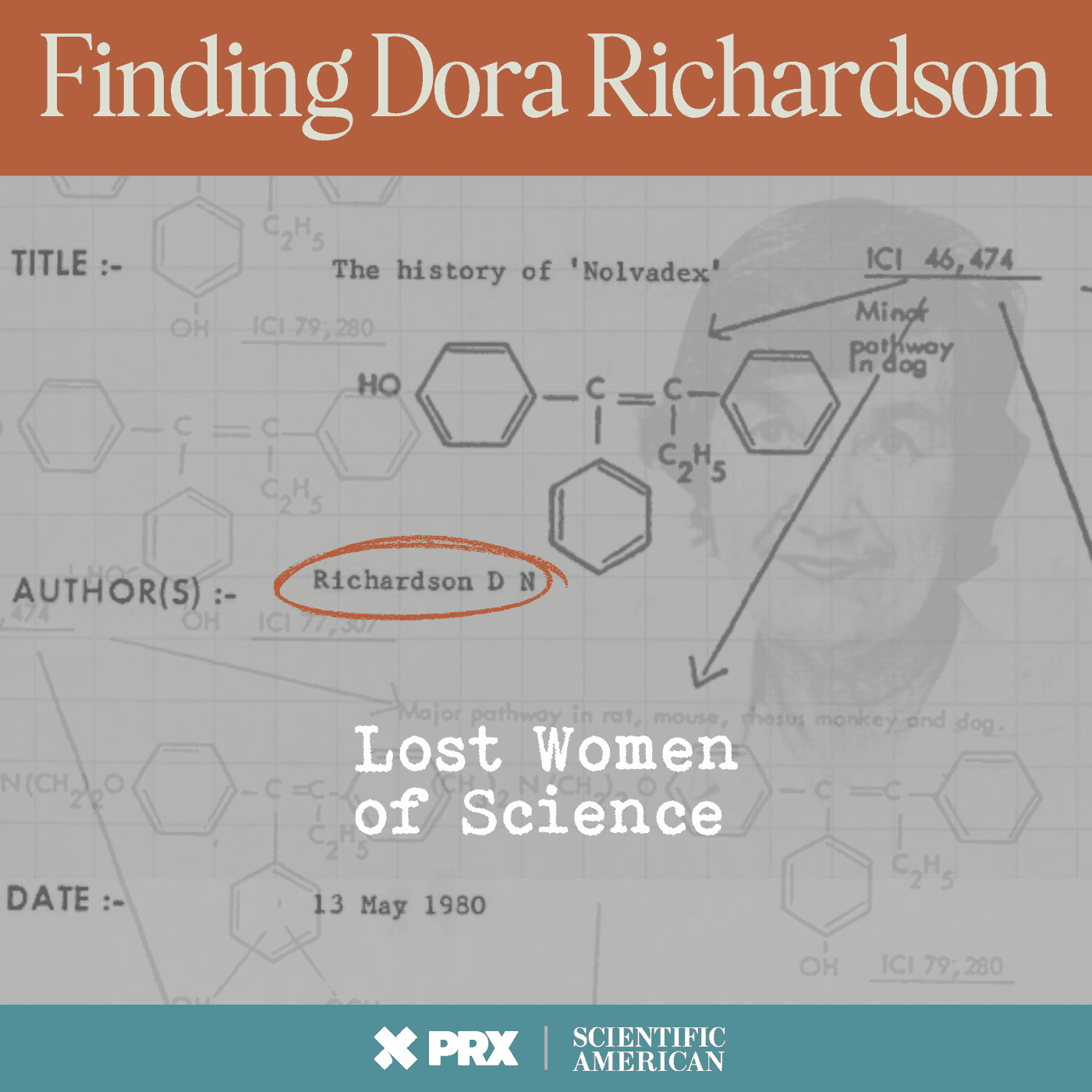




















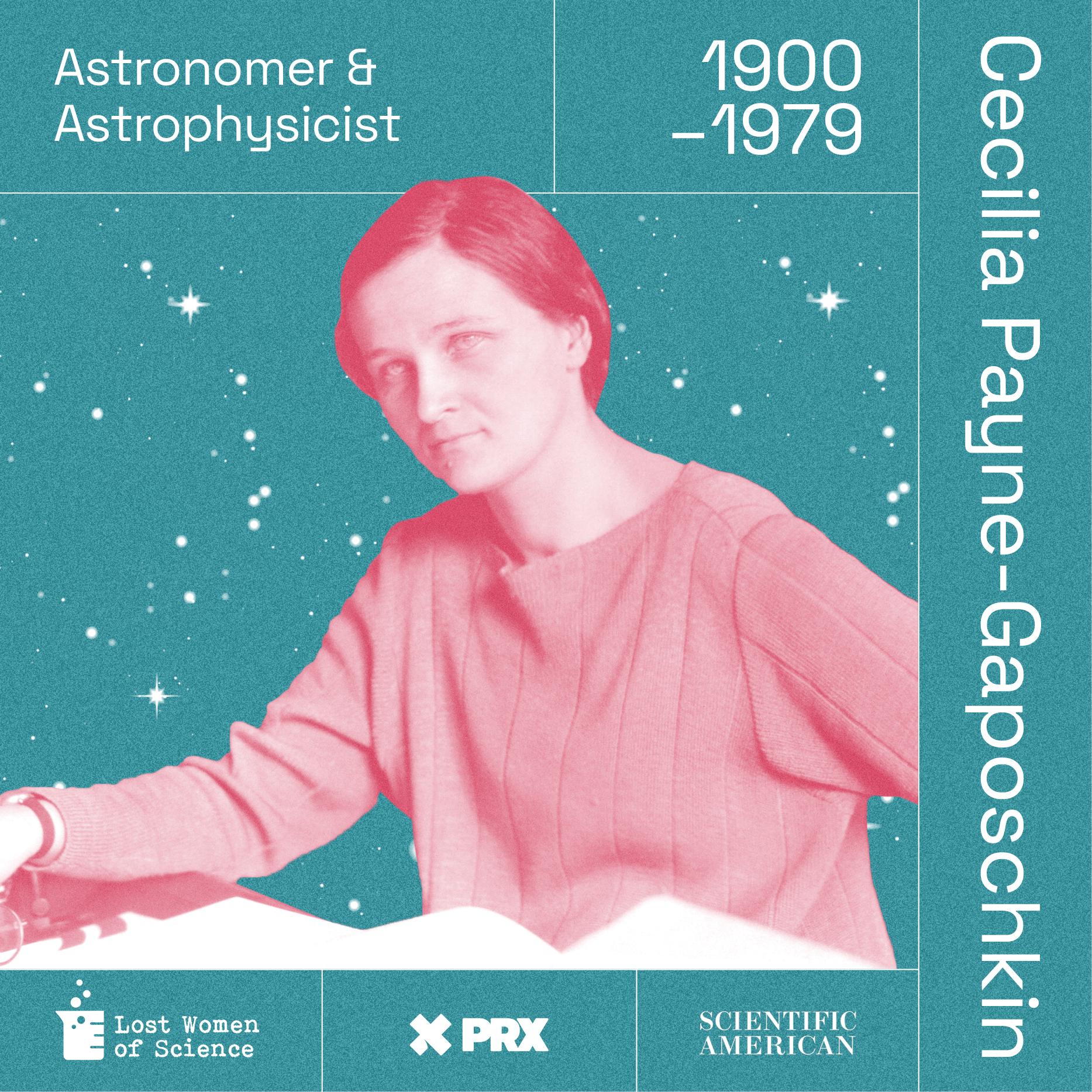
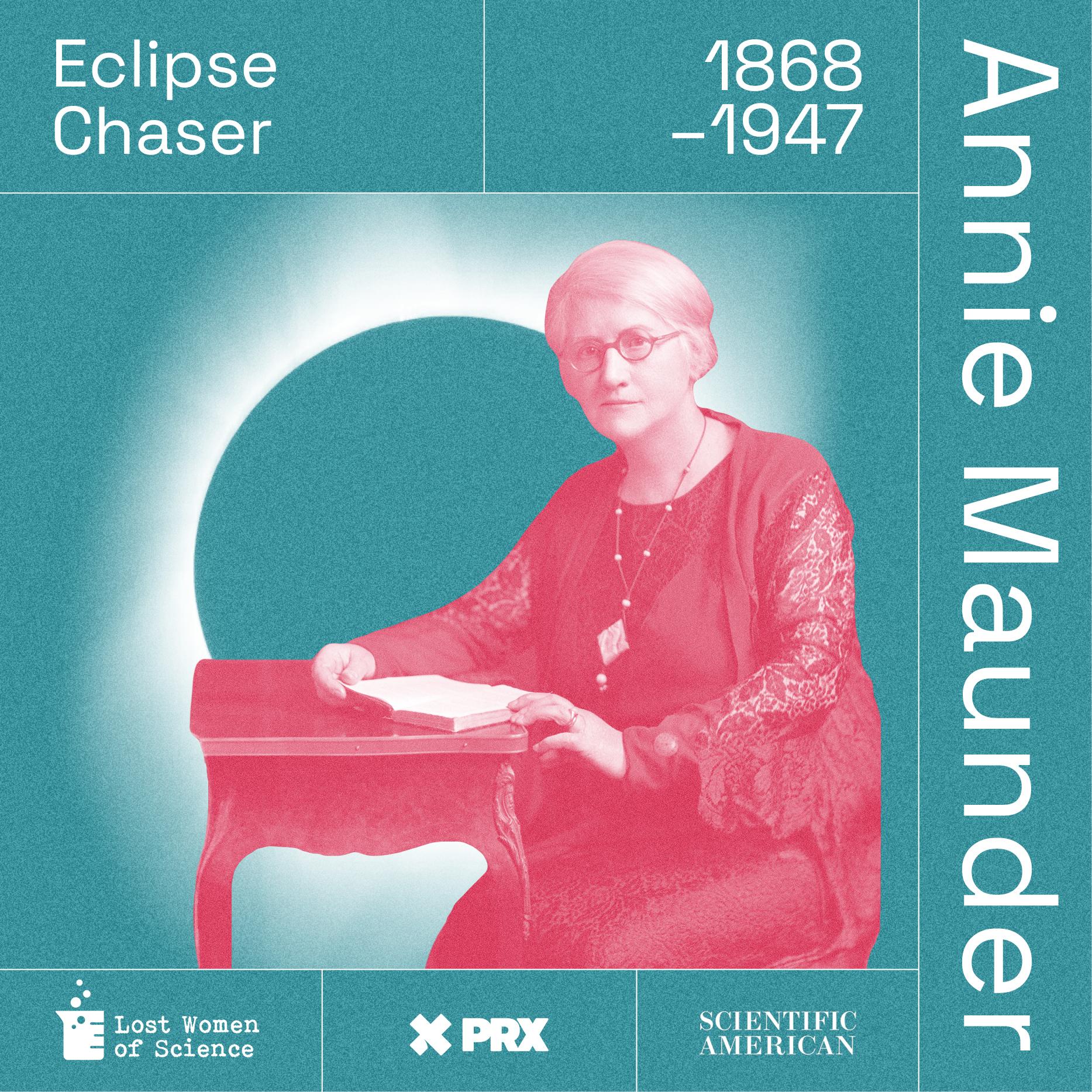
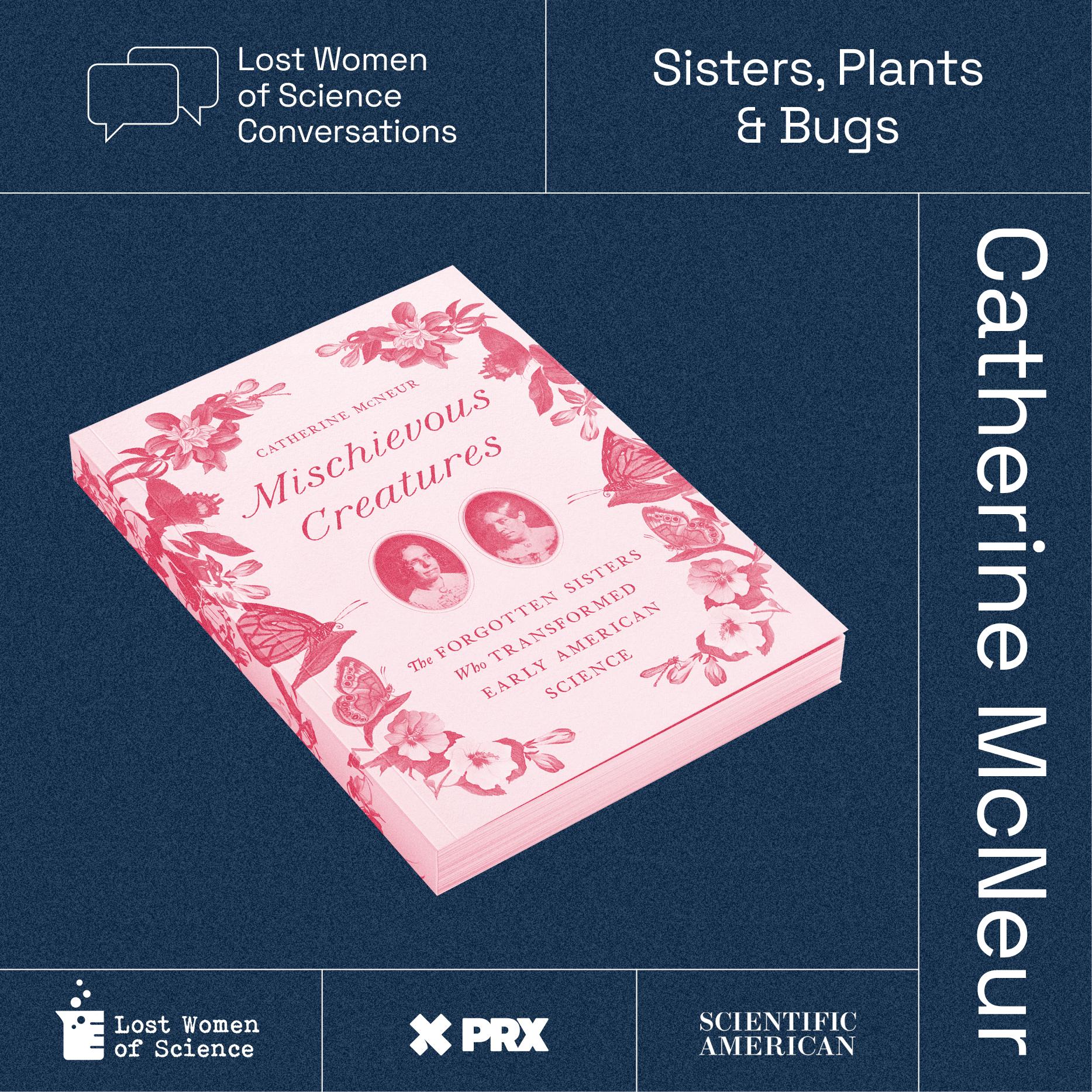

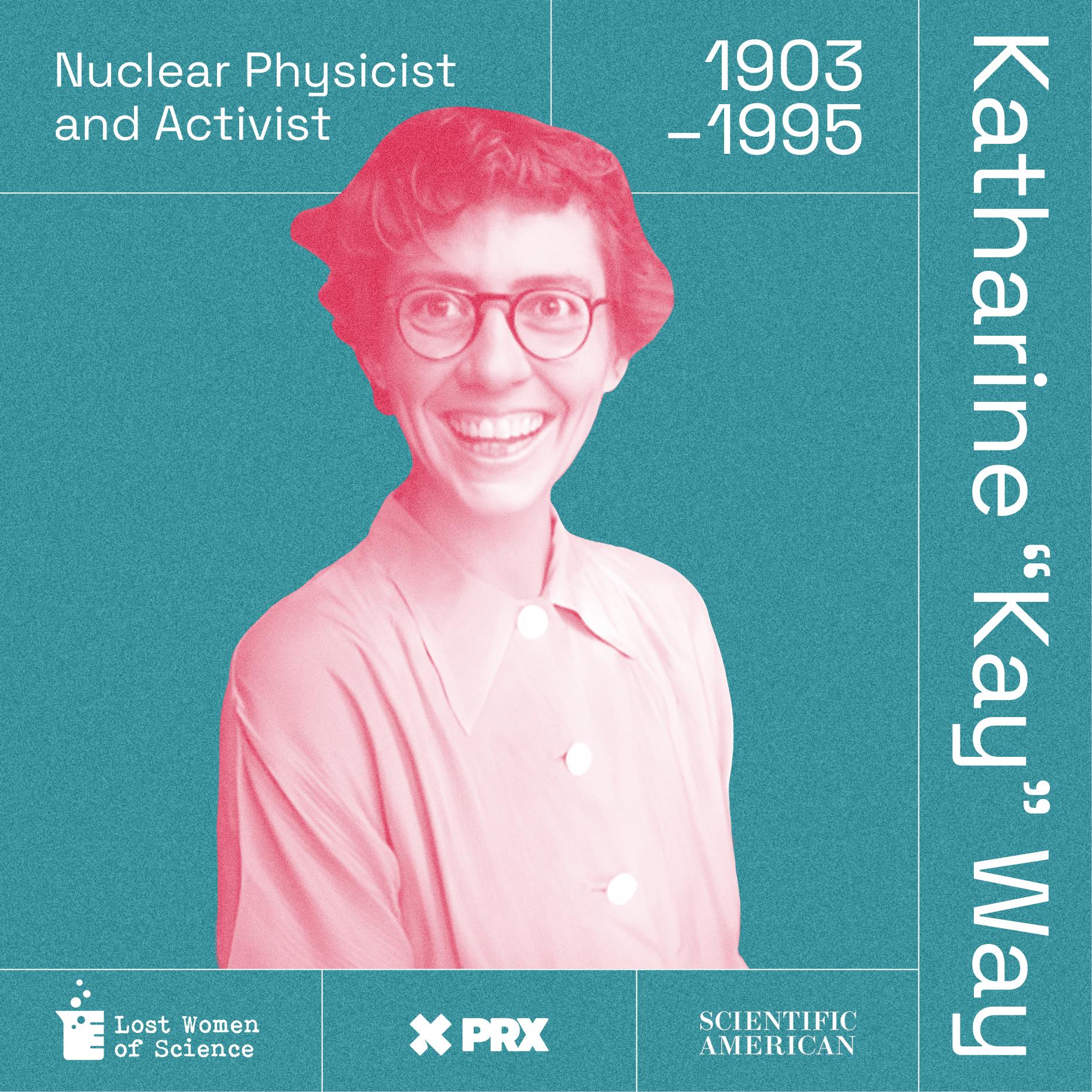









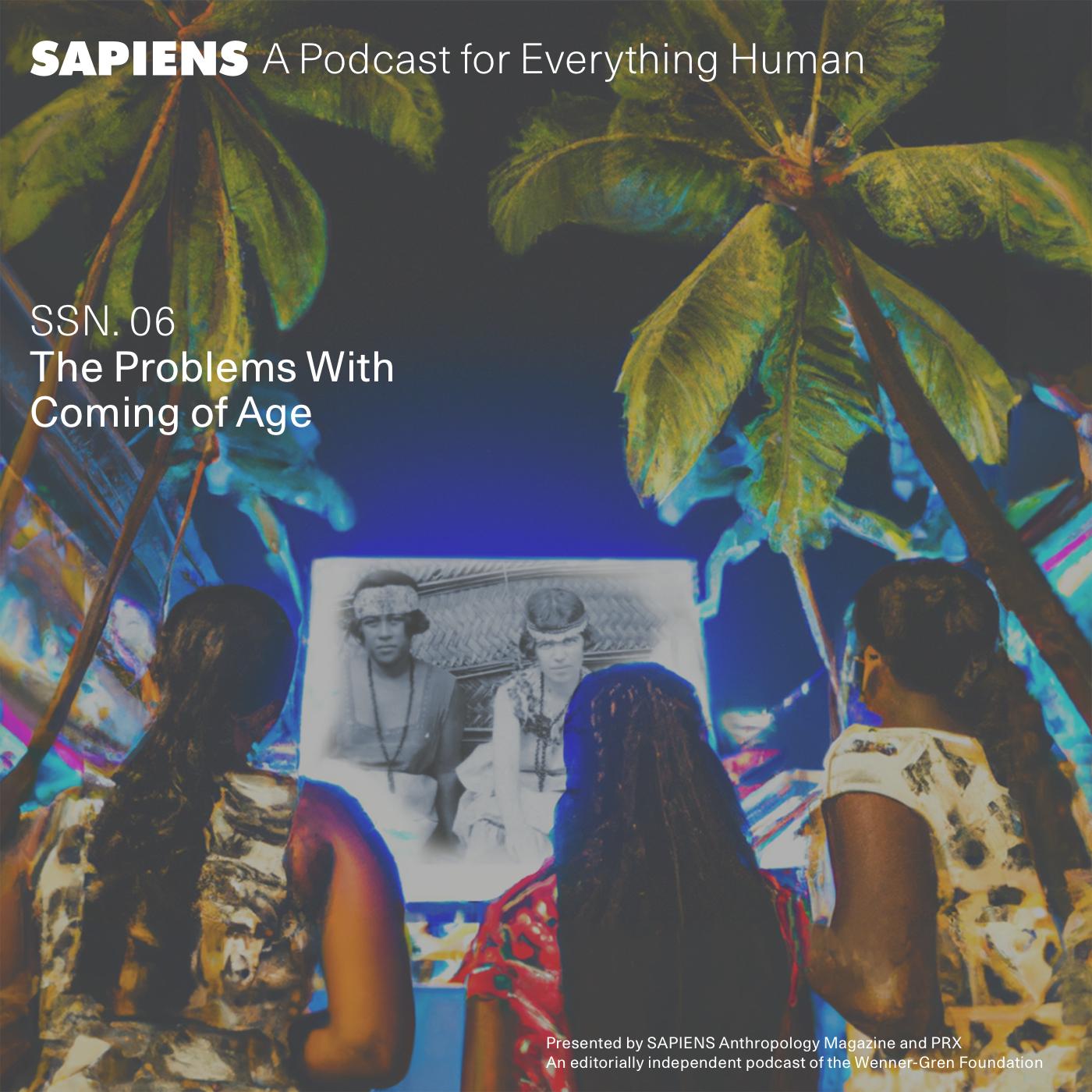










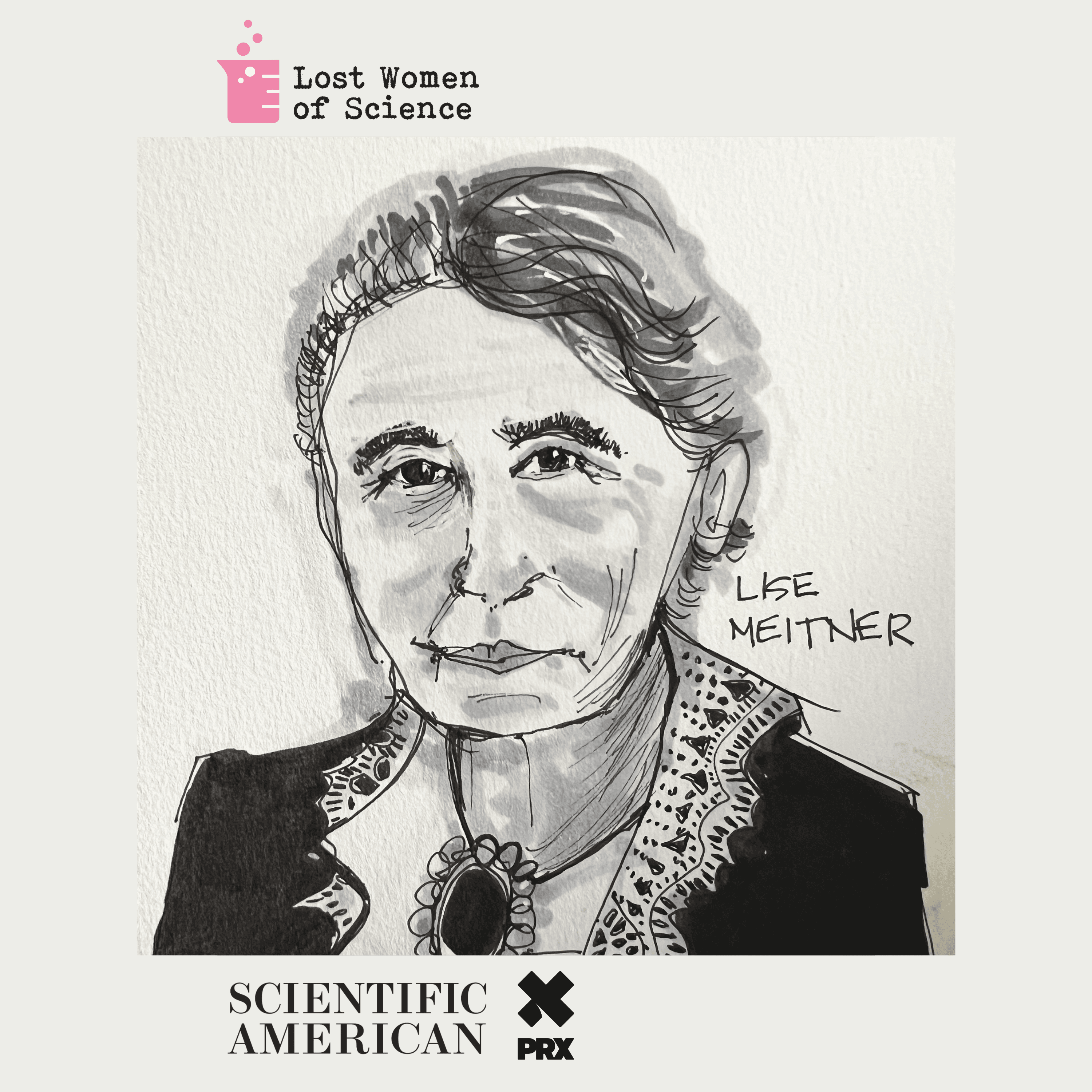




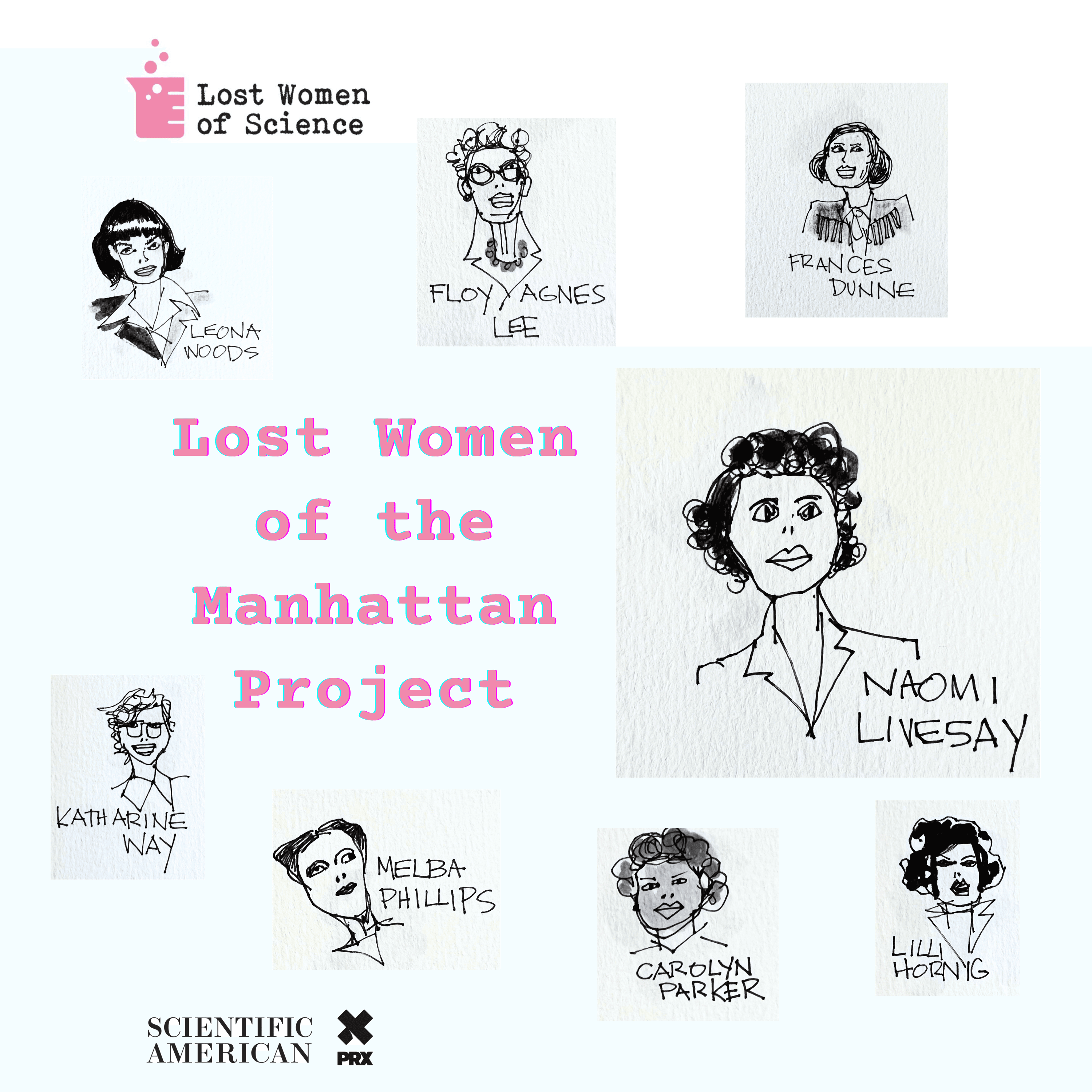




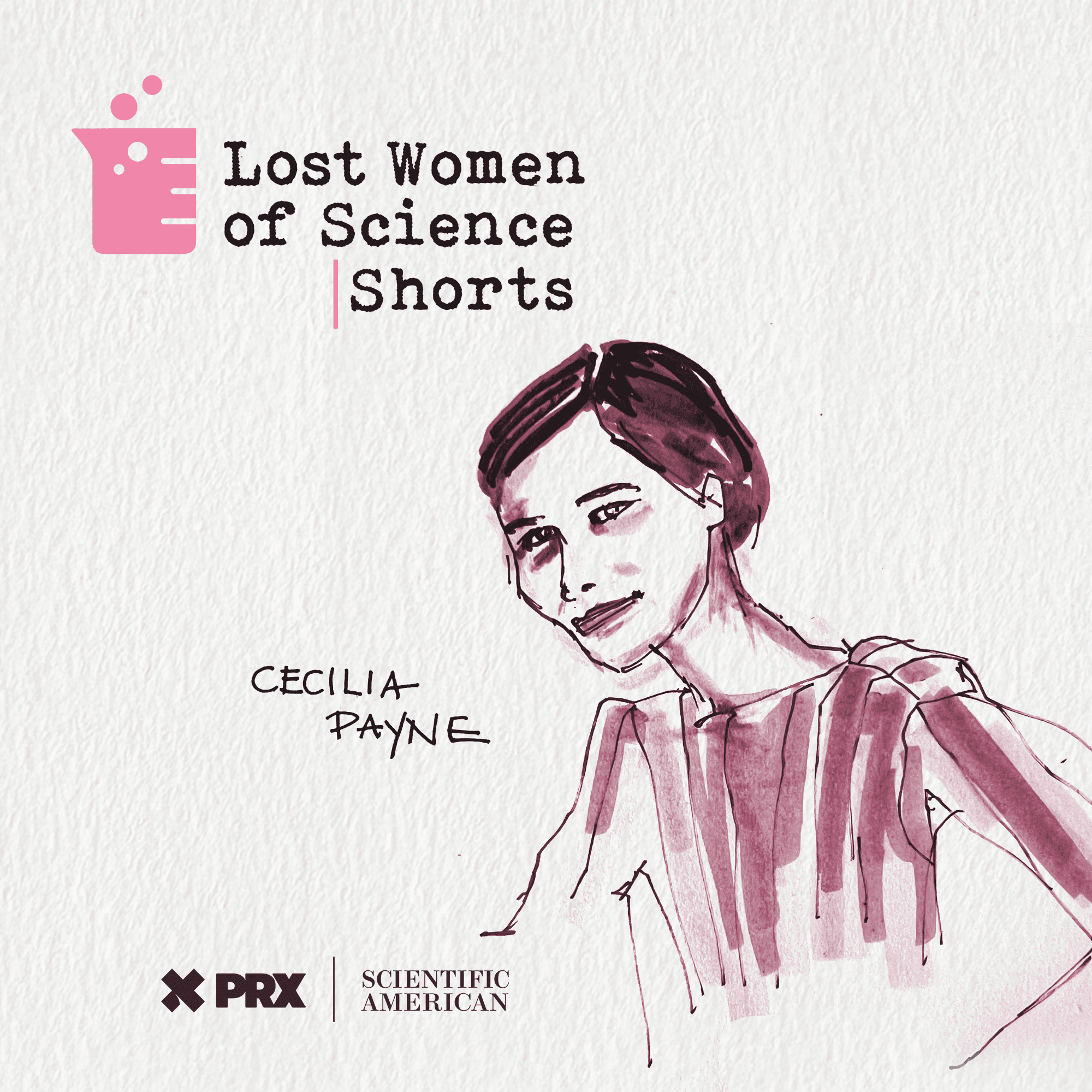


























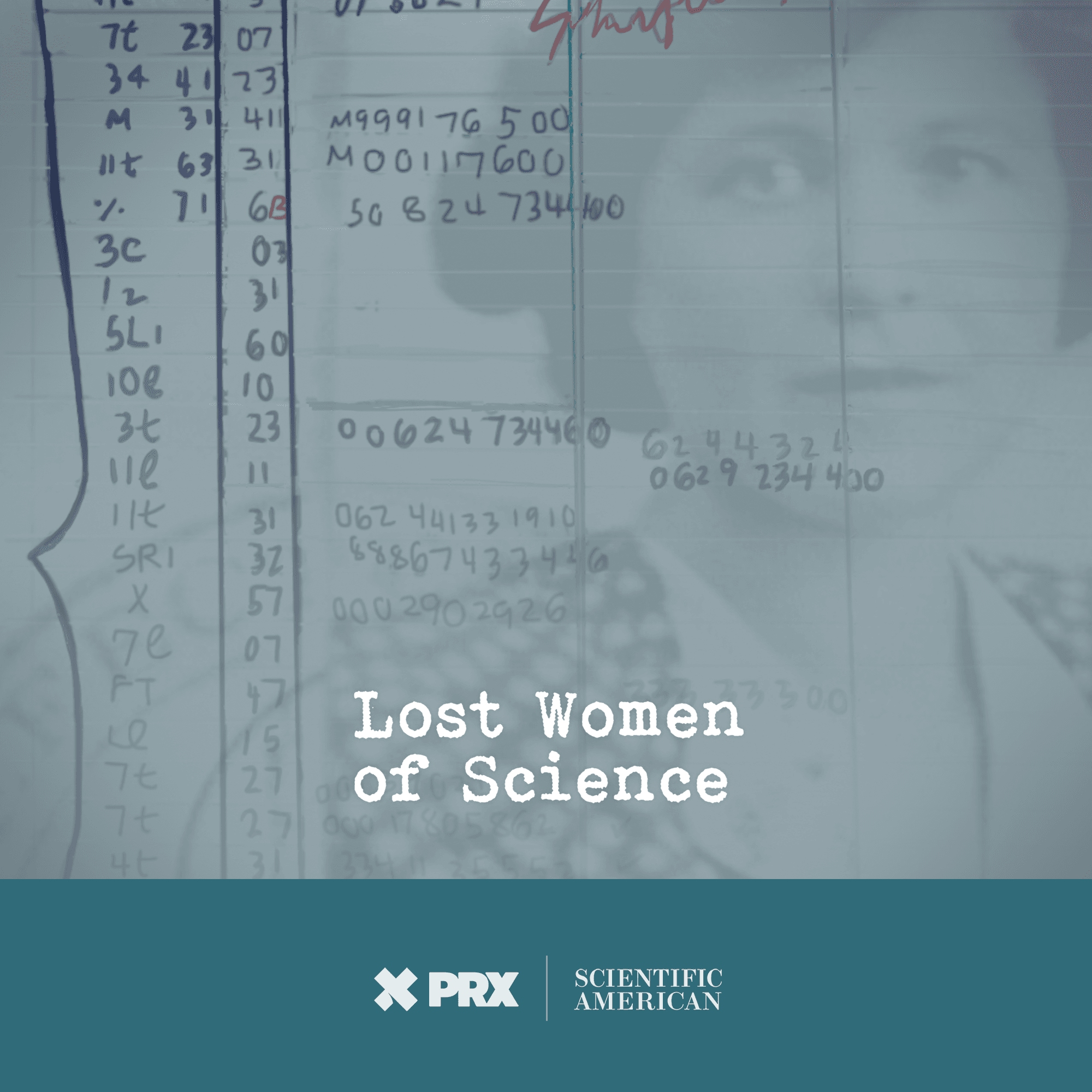
Best Of: The Feminist Test We Keep Failing

There's a test that we at Lost Women of Science seem to fail again and again: the Finkbeiner Test. Named for the science writer, Ann Finkbeiner, the Finkbeiner Test is a checklist for writing profiles of female scientists without being sexist. It includes rules like not mentioning her husband’s job, or her childcare arrangements, or how she was the “first woman to…”—all rules we break regularly on this show. In this episode, Katie Hafner talks to Christie Aschwanden, the science writer who created the test, and Ann Finkbeiner, who inspired it, to find out how they came up with these rules, and to see if there might be hope yet for our series. She reports her findings to Carol Sutton Lewis, who has a whole other set of rules for telling these stories.
Learn about your ad choices: dovetail.prx.org/ad-choices